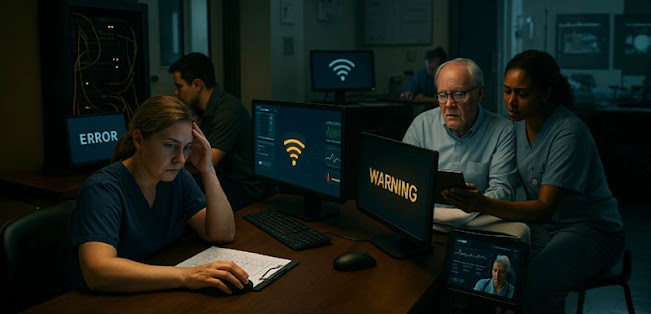The Cost and Value of Real-Time Data Backup in Healthcare

In 2024, over 276 million healthcare records were exposed in breaches, with nearly 760,000 records compromised daily. The cost of downtime in healthcare is around $7,900 per minute , and even short outages can threaten patient care. With these risks, real-time data backup has become essential. Why Real-Time Backup? Traditional backups often leave gaps, risking data loss. Real-time backup captures every change instantly, reducing downtime and ensuring zero data gap . This is critical for healthcare, where up-to-date information is necessary for patient care. Backup as a Service (BaaS) Instead of managing backups in-house, many healthcare providers turn to Backup as a Service (BaaS) . Providers like Digacore handle: Automatic, encrypted backups 24/7 support and monitoring HIPAA compliance This reduces risk and operational burden. The Hidden Costs of Data Loss Failing to implement reliable backup systems can lead to: HIPAA violations (fines can exceed $1.5 million ) ...





